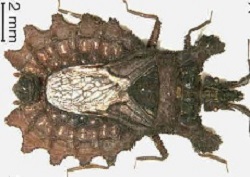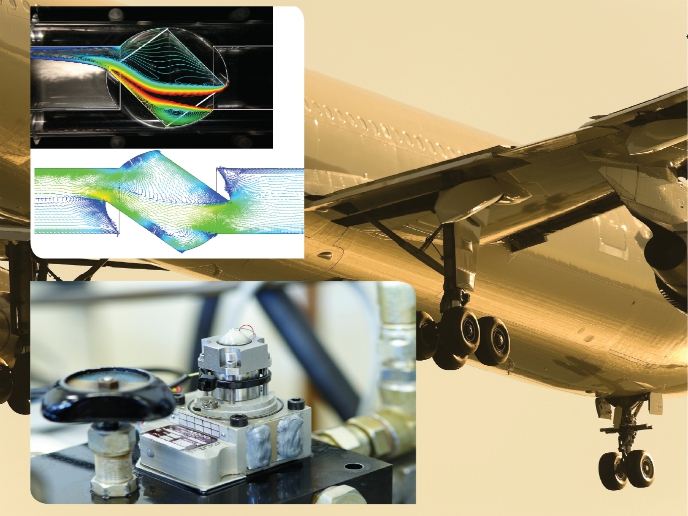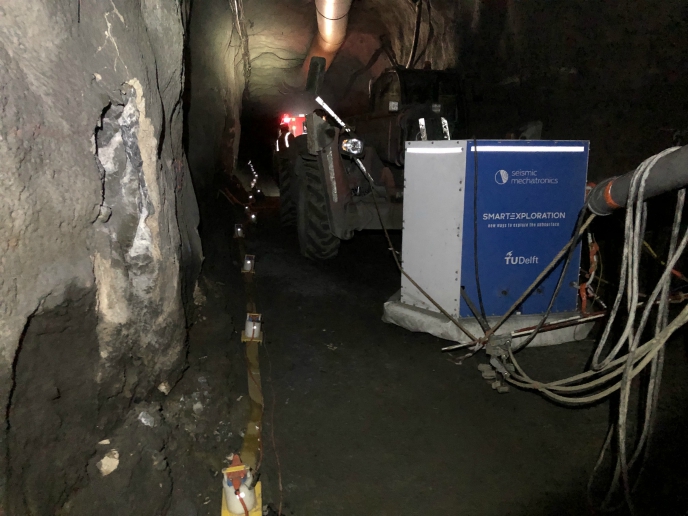Word maps in group theory
According to Hilbert's solution to Waring's problem in number theory, every positive integer is a sum of g(n) nth powers. However, a recent group theory discovery revealed that powers are replaced by general words to represent non-communicative analogues. Furthermore, the study of group words takes place naturally in other contexts such as Burnside problems, Serre's problem and finite simple group theory. A word w is an element of a free group, and it defines a word map on any group G (by substituting elements of G in the variables of w) whose image is denoted by w(G). WORDS (Words and Waring type problems) was an EU-funded project that set out to prove that in various situations w(G) is large in various ways. As a result, the work showed that for any non-trivial word w and any sufficiently large finite simple group G, every element is a product of two w-values. The research team also found that some word maps turn out to be subjective on all finite simple groups, not only large ones. Additional results were obtained including those on the behaviour of word maps on certain infinite groups. This interdisciplinary approach has produced a wide variety of new results and methods that may promise great impact on the mathematics community.







